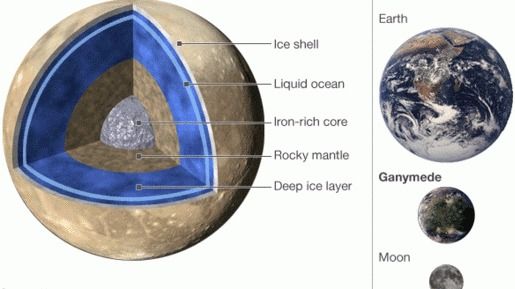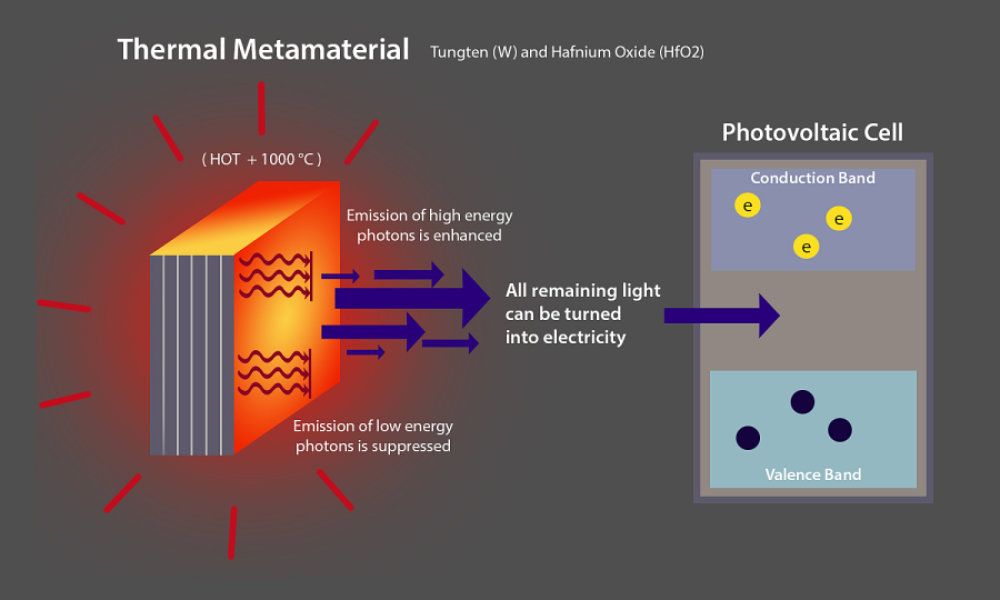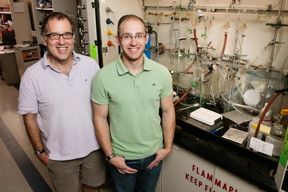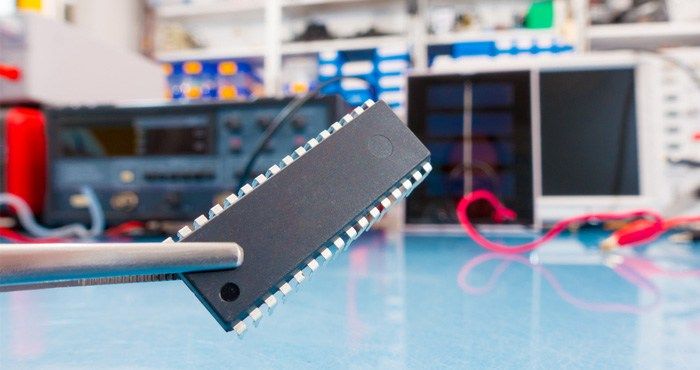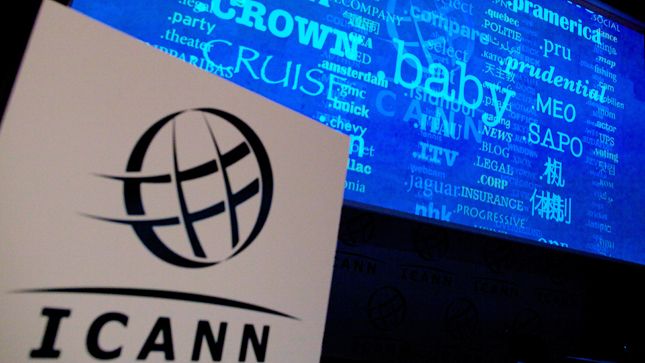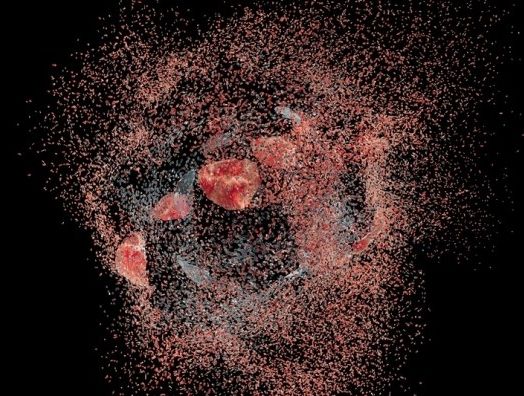Ouch!
According to a countdown clock from Sen. Ted Cruz, there are less than three weeks until the Obama administration puts the Internet at risk from takeover and censorship by China, Russia, and Iran. This conspiratorial fearmongering is, frankly, absurd.
But just because this particular alleged conspiracy is insane doesn’t mean that there is no conspiracy. Of course authoritarian regimes want more control over the Internet, and at this very moment, they are working through the U.N. to get it. But instead of targeting the administration of the domain name system (which, thanks to the so-called “IANA transition” Sen. Cruz opposes, is nearly out of their reach), their chosen vehicle is next-generation Internet standards, particularly an arcane proposal called the Digital Object Architecture (DOA). The best way to stop authoritarian regimes and keep the Internet free is to go through with the transition.
DOA is the brainchild of the legendary Bob Kahn, co-inventor of the Internet’s TCP/IP protocol. The Internet does a great job of moving bits around the world, but it isn’t always so good at authentication, rights management, and access controls. Kahn’s idea, dating back to the early 1990s, is to bake “information management” directly into core protocols. What if every piece of data and every device that accessed the network had a permanent, trackable unique identifier? If you wanted to access information on the network, the system would decide if you were authorized to receive it and, if so, allow you to fetch it.
